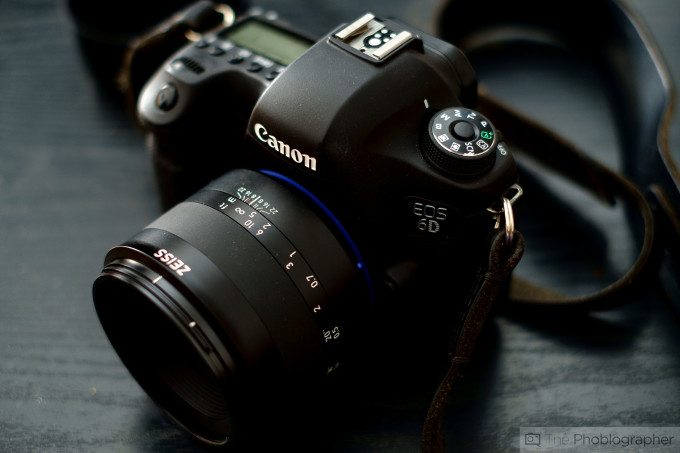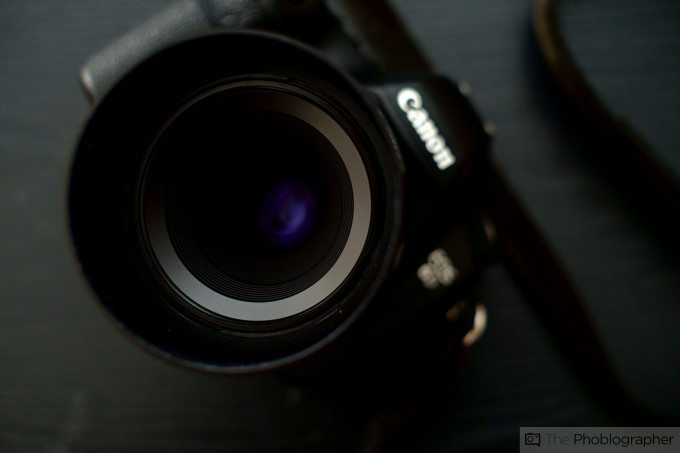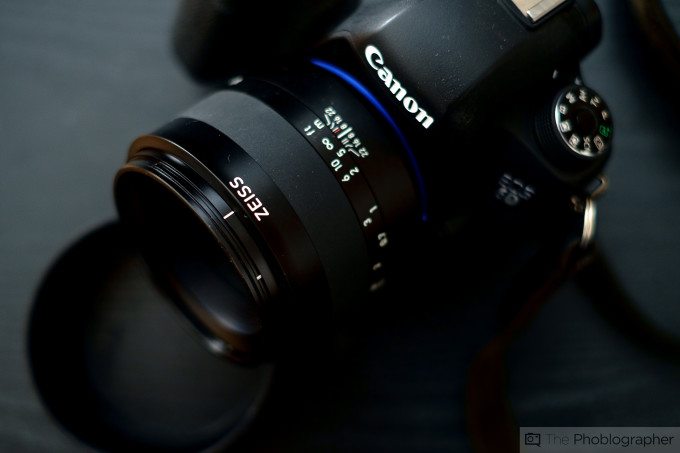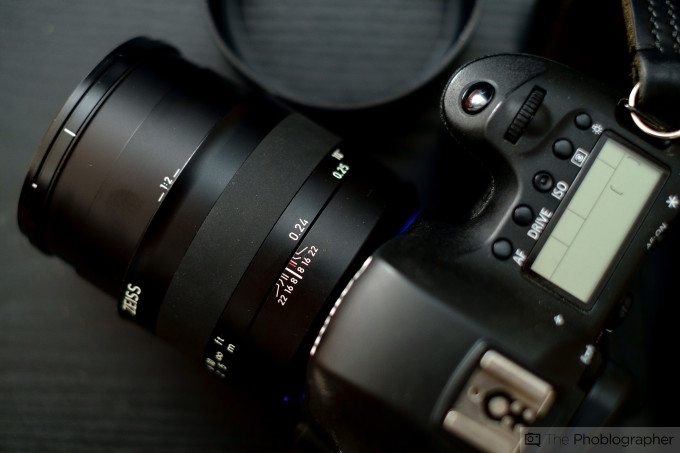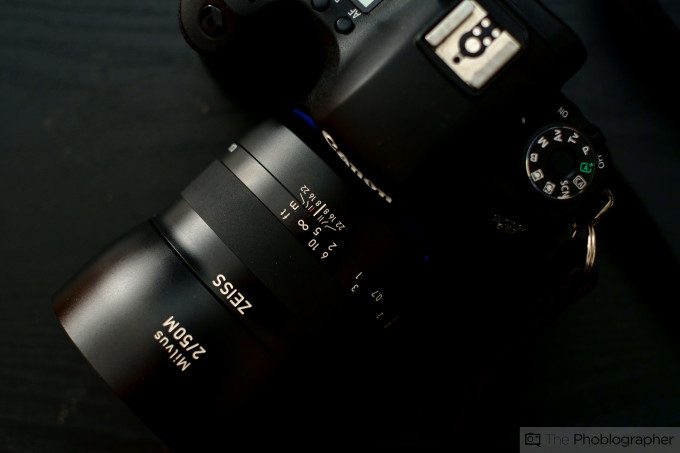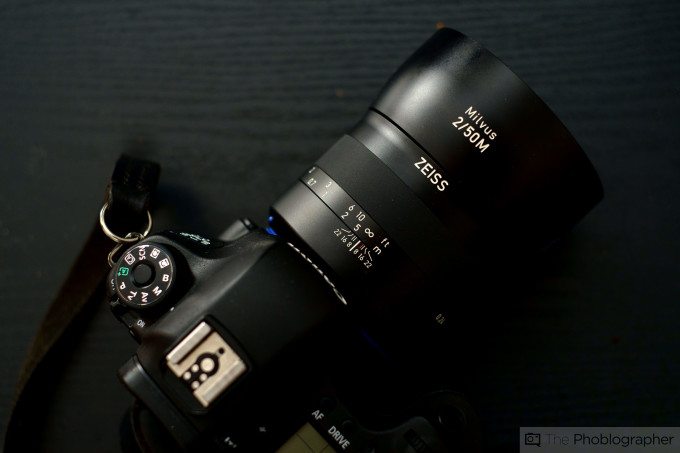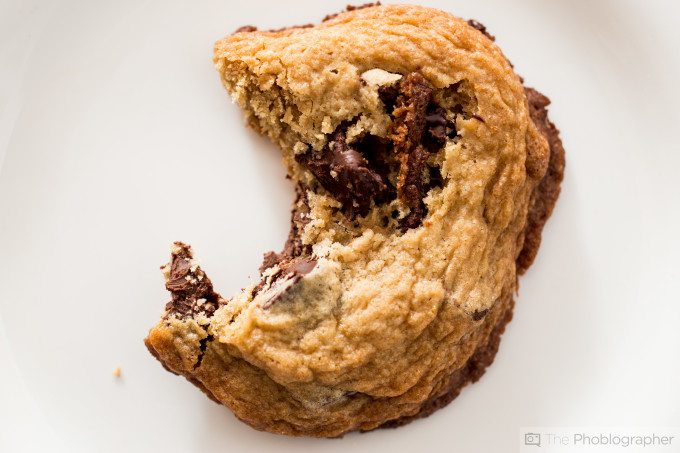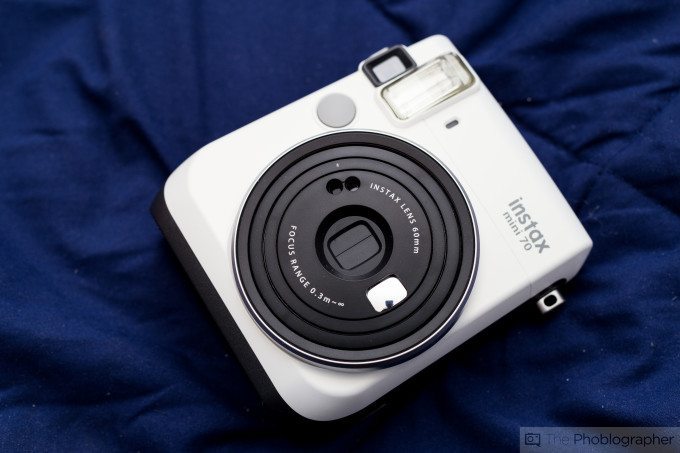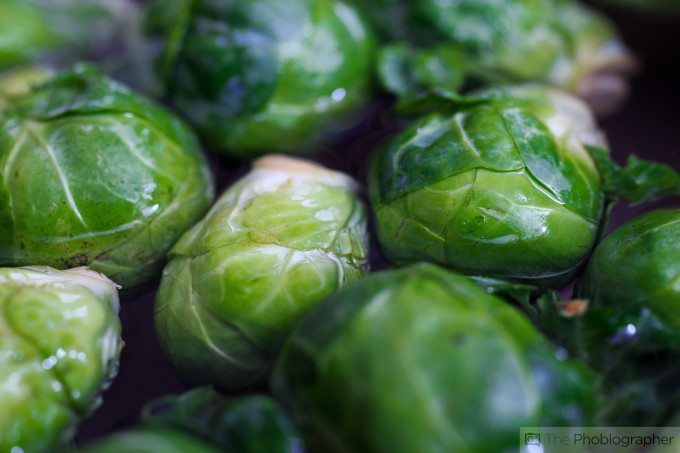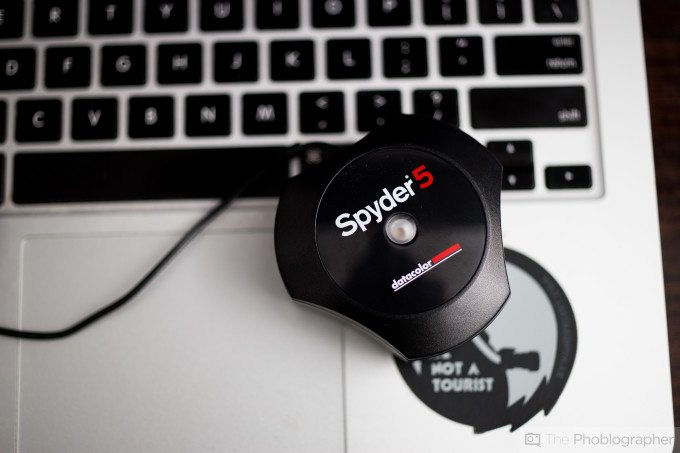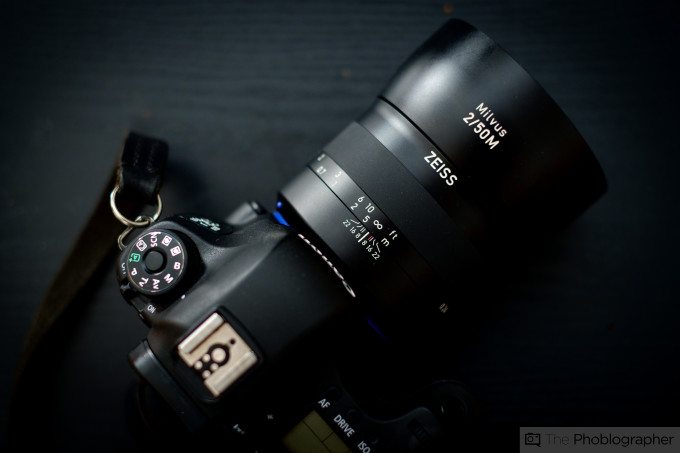Last Updated on 12/11/2015 by Chris Gampat
When the Zeiss Milvus 50mm f2 Macro came in for review, I knew to expect a high quality optic with extremely precise focusing capabilities because of the fact that it is a macro lens. It’s well built, feels nice in the hand and to be honest renders image quality that adds to the myriad of reasons that will make you completely smitten for it.
One of those reasons is the bokeh, another is the weather sealing, yet another is the incredible colors that you can get with this lens, and another is just how incredibly sharp this lens is.
In fact, this has been the most fun I’ve ever had with a 50mm lens.
Pros and Cons
Pros
- Ridiculously sharp
- Very smooth and precise focusing
- Great bokeh
- Weather sealing
- Not too large of a lens
- The best colors right out of the camera that I’ve seen with a Zeiss lens yet with the exception of the 55mm f1.4 Otus.
Cons
- Expensive
- Considering that I never autofocus when I shoot at macro ranges, the lack of autofocus isn’t as much as a con for me as it will be for someone that is too lazy to turn a ring on a camera lens.
Gear Used
The Canon 6D was used to test the Zeiss 50mm f2 Milvus along with the Phottix Odin and the Mitros+ flashes. Additional tests were done using the Intersit S1 monolight.
Tech Specs
Specs taken from the B&H Photo listing for $1,283.
Ergonomics
The Zeiss 50mm f2 Milvus lens is one that exhibits many of the qualities that Zeiss users have come to expect in recent years when it comes to build quality. We start this ergonomics tour with the front of the lens. This lens can hold a 67mm filter and has no markings on the front.
Zeiss chose to do exactly what they did with the rest of the Milvus lineup when it comes to this lens: you’ve got pretty much all metal on the outside with a giant rubber ring for focusing. There are no switches at all, so you’re going to need to rely on a distance scale and a depth of field scale. Oh yeah, and just turning the focusing ring.
When the lens is focused at its closest distance, it extends out the most. You can also find depth of field scale markings here too due to the design putting them near the front of the lens.
With the lens hood attached, you’ll find that this lens becomes an overall larger package. To be honest though, it’s very worth it to use the lens hood except when you’re focusing at the macro ranges.
Build Quality
Considering that this lens has weather sealing built in, you can be sure that it’s quite tough. The weather sealing is built into the focusing ring with rubber seals along with the mount, where you’ll find a nice rubber ring (the blue) to keep out moisture when it’s pressed against the camera body. Beyond this, what you’ll find on the entire outside of the lens is an all metal body.
The all metal body is indeed so nice that it makes everything else feel cheap–even Sigma glass and that stuff is also built solidly. Again though, the metal here feels very thick.
Ease of Use
I absolutely won’t recommend this lens for a beginner or an amateur that doesn’t know the ins and outs of using manual focus. It will simply frustrate them but as I’ve always said, I genuinely feel like manually focusing with a lens makes you pay attention more to the scene because you’re putting that much work into just ensuring that you’re in focus. After that, you’re bound to check your composition again, check the exposure, etc.
Manual focus lenses make you a better shooter and every photographer should really use them at one point or another in their lifetime. To get the absolute best from this lens, use a tripod.
Focusing
As stated in the previous section, this is a manual focus lens. Focusing is slow, precise, and buttery. Using Zeiss lenses are a true experience. For Canon cameras, you’re best off using the focusing confirmation after choosing a specific focusing point. For Nikon cameras, nothing really beats the Nikon rangefinder system.
However, when creating this photo I ended up using the Live View LCD screen and handholding the camera and lens combo. It worked out perfectly as you can see.
Image Quality
ALL EXIF DATA HAS BEEN LEFT IN THE IMAGES. CLICKING ON THE PHOTO WILL BRING UP THE EXIF DATA IN THE URL.
Man, oh man…
It’s beautiful. Everything about the image quality will make you happy. This lens is incredibly sharp, delivers excellent color, has great bokeh, and performs to the quality that you come to expect when you pay for a Zeiss lens. The photographers that I truly believe will really appreciate this lens though as studio shooters, portrait shooters, landscape shooters, and those who photograph very stagnant subjects.
As with every lens out there though, it’s best when used with a flash. That’s when you truly and absolutely start to realize what this lens is very capable of accomplishing.
Bokeh
This is a macro lens, so it’s capable of getting some very crazy and beautiful bokeh at the expense that pretty much nothing will be in focus at all. The bokeh from this lens is very nice but the Milvus 50mm f1.4 is much better when it comes to bokeh.
Color Rendition
My favorite feature of this lens has to do with the color rendition. It’s more vivid and saturated than real life even with the Canon camera set to the faithful color profile. You’ll be happy and you’re bound to really enjoy the colors.
Food photographers, this lens is one that’s really for you.
Color Fringing
In the tests done by the site, there was no color fringing found even when I really tried to get it to come out. Pixel peepers can rejoice here.
Sharpness
My favorite feature of this lens has to do with the sharpness that it can output. It maxes out at around f11 and starts getting there when you stop down to f8. In truth, you’ll have little reason to stop the lens down below f5.6 unless you need deeper depth of field. Even at f2 you’ll be able to get very sharp results, though I generally recommend stopping down to at least f2.8.
Extra Image Samples
Conclusions
Likes
- Great colors
- Excellent sharpness
- Buttery smooth focusing
- Weather sealing
Dislikes
- Expensive
There is very little that I dislike about the Zeiss Milvus 50mm f2 lens; in fact as a lens by itself I don’t hate a thing about it at all. Sure, it’s expensive, but you come to understand that when you deal with Zeiss lenses.
These lenses are a work of art. They’re built well, they deliver incredible image quality, and they perform exactly how you expect them to. A lens like this is best left in the hands of a very experienced shooter though.
The Zeiss Milvus 50mm f2 lens receives five out of five stars. Want one? Check out the B&H Photo listing for current pricing.
Recommended Cameras
- Canon 5Ds: This camera is specifically targeted to the photographers that this lens is also targeted to.


